By John Helmer, Moscow
Twenty years ago, on April 25, 1999, the annual memorial service for ANZAC Day at St. Andrew’s Anglican Church of Moscow allowed the Turkish Ambassador to speak from the pulpit, in front of the altar. I walked out, and then protested to the Australian and New Zealand ambassadors – Ruth Pearce and John Larkindale at the time – for inviting the Turk to make a speech to the audience. It was unfitting to the history of the event for the representative of the enemy against whom the ANZACs fought, and of a country which had invaded and continued to occupy an allied country, Cyprus, to be permitted to speak at the ceremony. The protest was ignored. I became persona non grata at the two embassies.
ANZAC stands for the Australian and New Zealand Army Corps. The Australian Army explains the commemoration of the military action, which commenced against Turkish lines on the Gallipoli peninsula on April 25, 1915. British, French, Indian, and Newfoundland troops also participated. Most of the Turkish units were manned by Arab troops; their revolt for independence from the Turks came later.
The ANZAC campaign failed to overwhelm the Turkish defences, and the ANZACs, together with the British and French navies, withdrew. Had they succeeded, the Allies might have pressed north towards Istanbul, opening the Dardanelles and Bosphorus Strait to the Black Sea; they might have aided Russia with relief of the Caucasus and a fresh southern supply line; they might have cut short Turkish rule of Syria; and they might have drawn more of the German Army away from the western front.
But those things didn’t happen. Not only did the Turks drive the Allies off with one of the gravest campaign tolls of the war; estimated numbers of dead and wounded were almost 350,000 – slightly more than half on the Allied side. The Turks also began the genocide of the Armenian population, killing more than 1.5 million civilians; they followed that with attacks on the Greeks.
The current President of Turkey Recep Tayyip Erdogan has been holding political rallies in the area in the run-up to local elections on March 31. At several of these rallies he has been projecting video clips of the murderous attacks on two mosques in New Zealand on March 15, which have killed 50 and wounded 39. Erdogan has also published an extract from the manifesto of the killer.
Erdogan’s purpose has been to cast himself as the defender of muslims worldwide, and to accuse his local political opponents of softness towards those who attack muslims. As Erdogan has been losing ground to the opposition, and the likelihood of his vote defeat grows, Erdogan’s electioneering has become vitriolic and intimidating, as this report explains.
“Let’s watch this. It’s important”, Erdogan has told crowds, as he presented the New Zealand events of March 15 as “religious justification” to vote for Erdogan’s party, the Justice and Development Party (AKP). “The mosque attacks are testing us,” he said, “from 16,500 km away, from New Zealand, with the messages they are giving from there. This isn’t an individual act, this is organised.” Referring to the manifesto, he added: “What does it say? That we shouldn’t go west of the Bosphorus, meaning Europe. Otherwise he would come to Istanbul, kill us all, drive us out of our land.”
In the rally at Canakkale, on the Gallipoli peninsula, he said: “We have been here for one thousand years and will be here until the apocalypse, God willing. You will not turn Istanbul into Constantinople. Your grandparents came here … and they returned in coffins. Have no doubt we will send you back like your grandfathers.”
The Australian and New Zealand Governments have objected; a travel advisory was issued by the Australian foreign ministry warning Australians to think again before travelling to Turkey for the ANZAC commemoration this year.
I asked the Australian and New Zealand ambassadors to Moscow if they were thinking again. At this year’s commemoration, I asked, do you plan to invite the Turkish Ambassador to speak, as was the custom at St. Andrew’s?

Left: Australian Ambassador Peter Tesch answering a March 30, 2018, summons from the Russian Foreign Ministry for the expulsion of two Australian diplomats. Right: NZ Ambassador Ian Hill at a meeting at the Patriarchate of the Russian Orthodox Church, July 10, 2017. A Church communiqué quoted Hill as saying he “attaches primary importance to the spiritual dimension of the life of the Russian society, and, first and foremost, to the life of the Russian Orthodox Church.”
The Australian Ambassador Peter Tesch replied that the church service has been discontinued, but the St. Andrew’s vicar leads the prayers at the ceremony on the embassy premises. As for inviting the Turkish ambassador to speak, Tesch said: “The ANZAC Day service format is well established and generally involves the local Turkish diplomatic representative in some capacity, although practice varies from country to country.” He refused to say what his practice will be on April 25.
Ian Hill is the New Zealand Ambassador in Moscow. He delayed his reply until he had checked with Tesch. He then replied with an identical copy of the Australian evasion. “The ANZAC Day service format is well established and generally involves the local Turkish diplomatic representative in some capacity, although practice varies from country to country.”




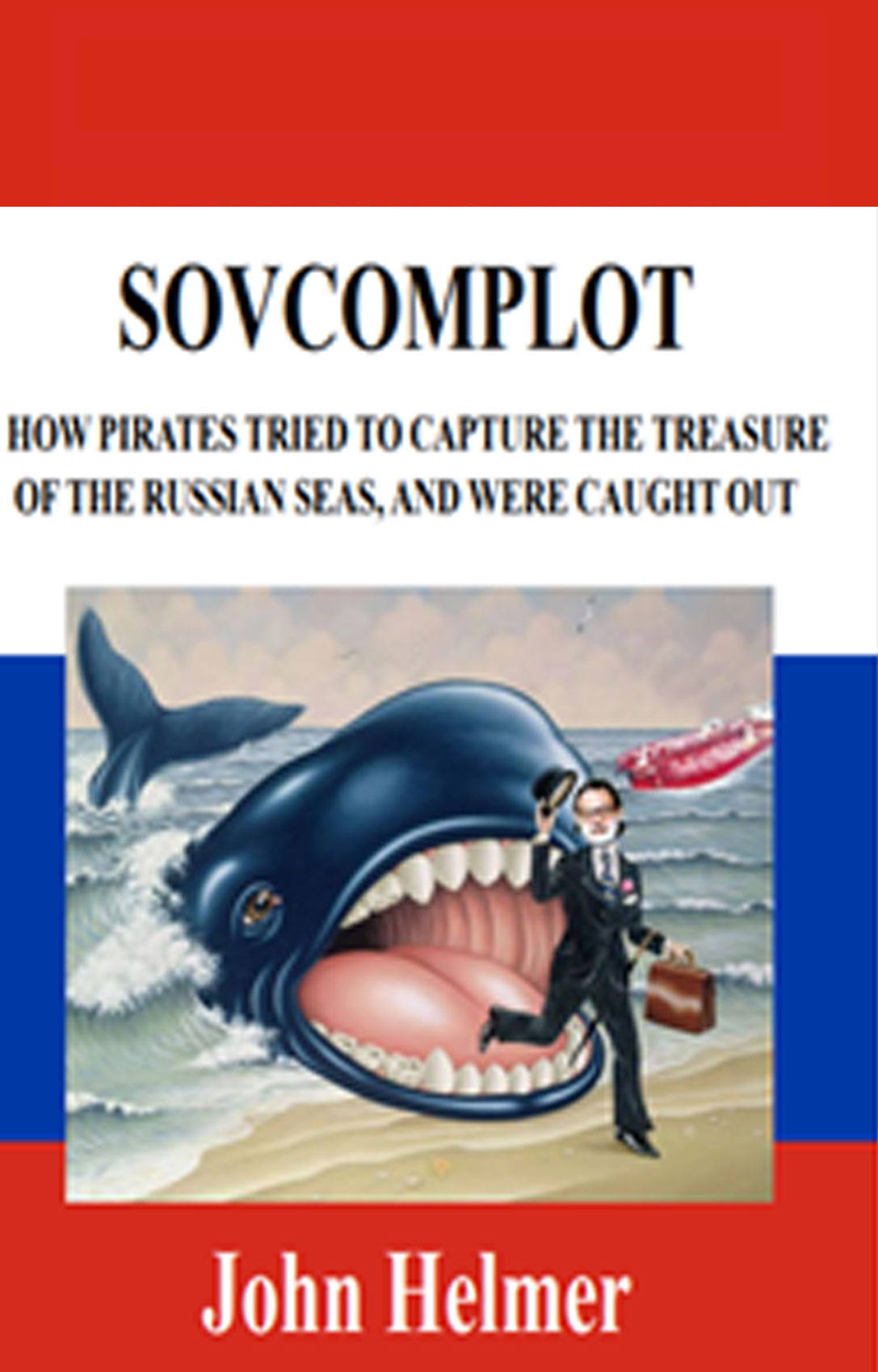

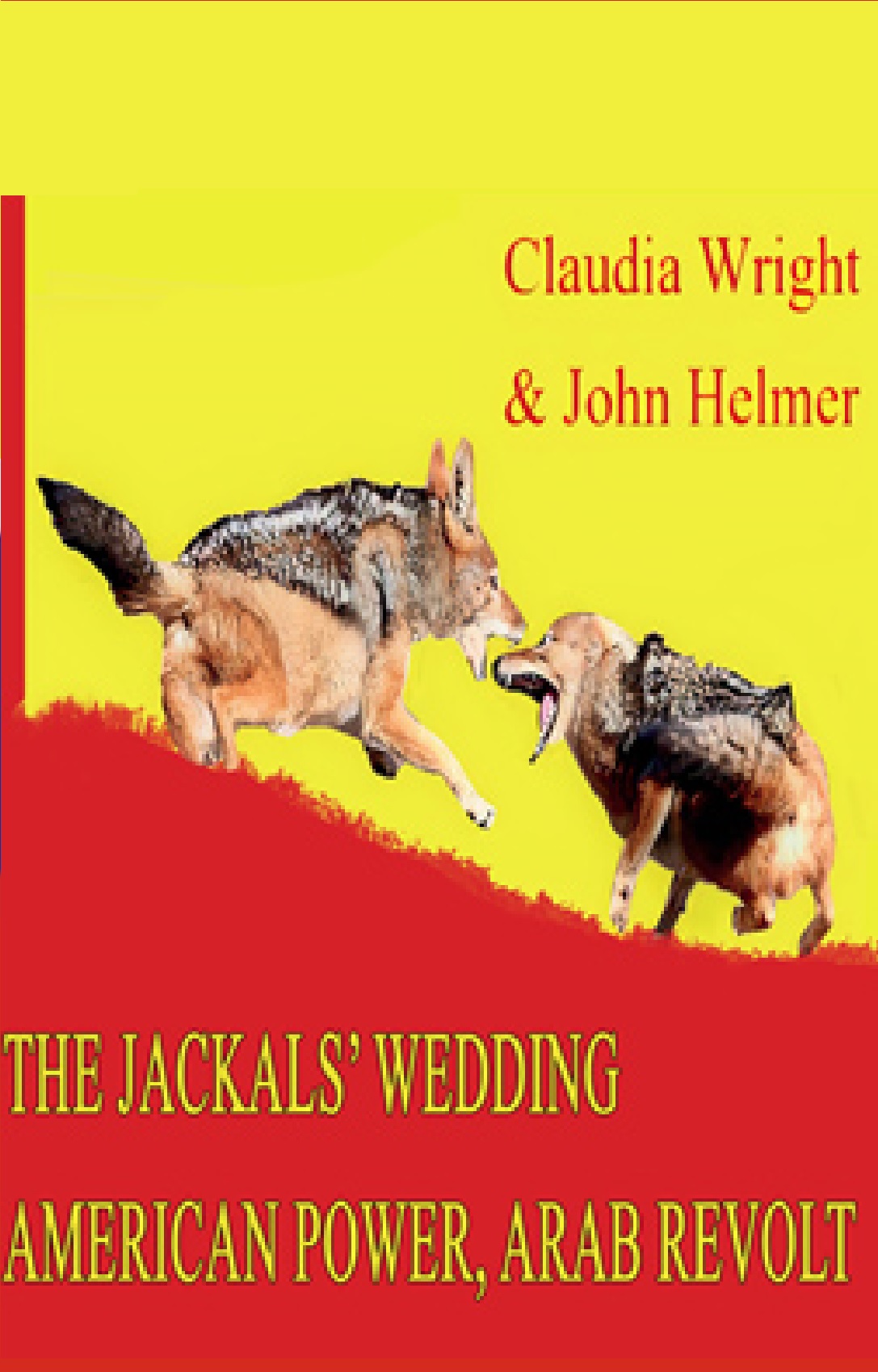
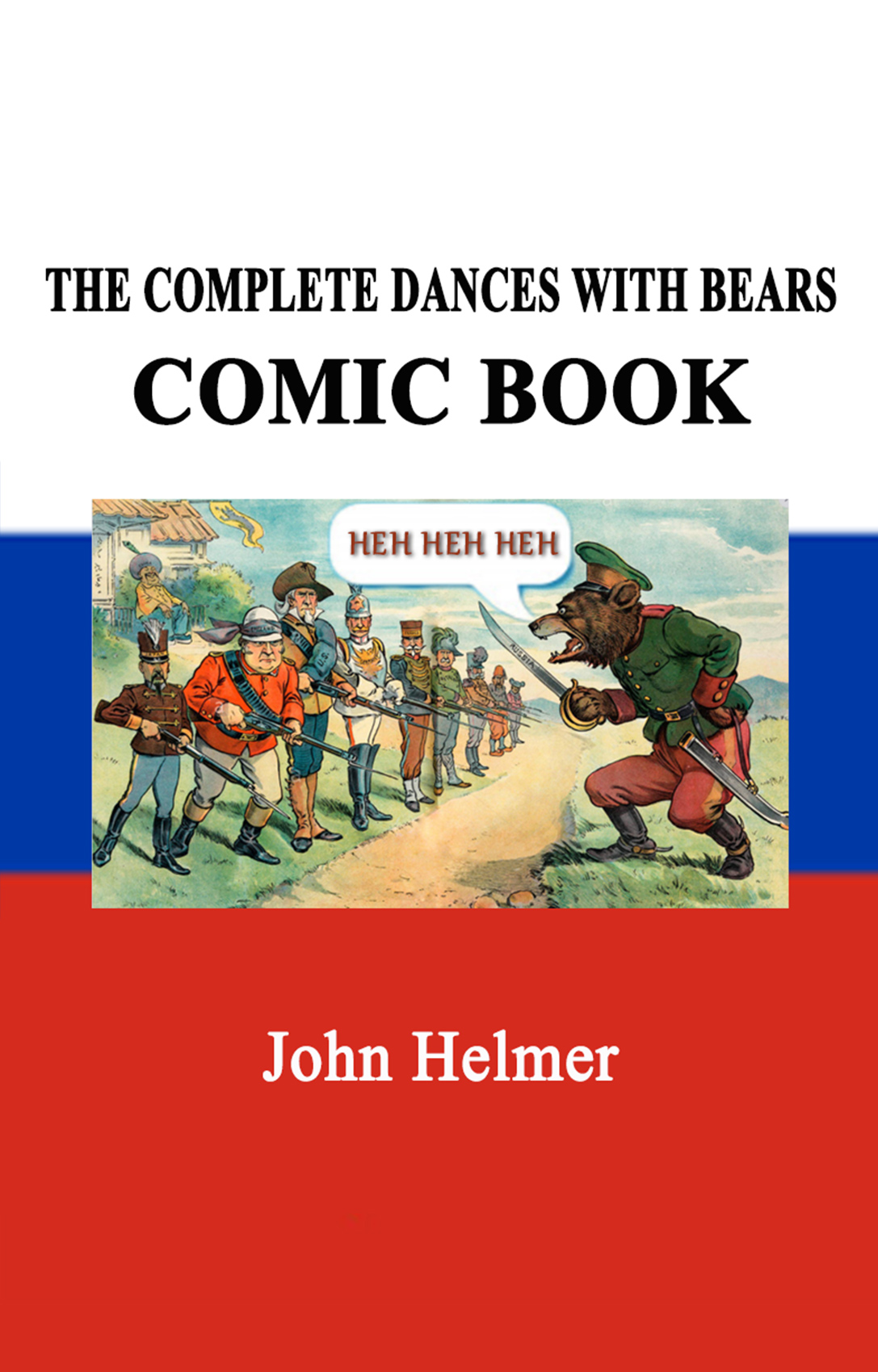
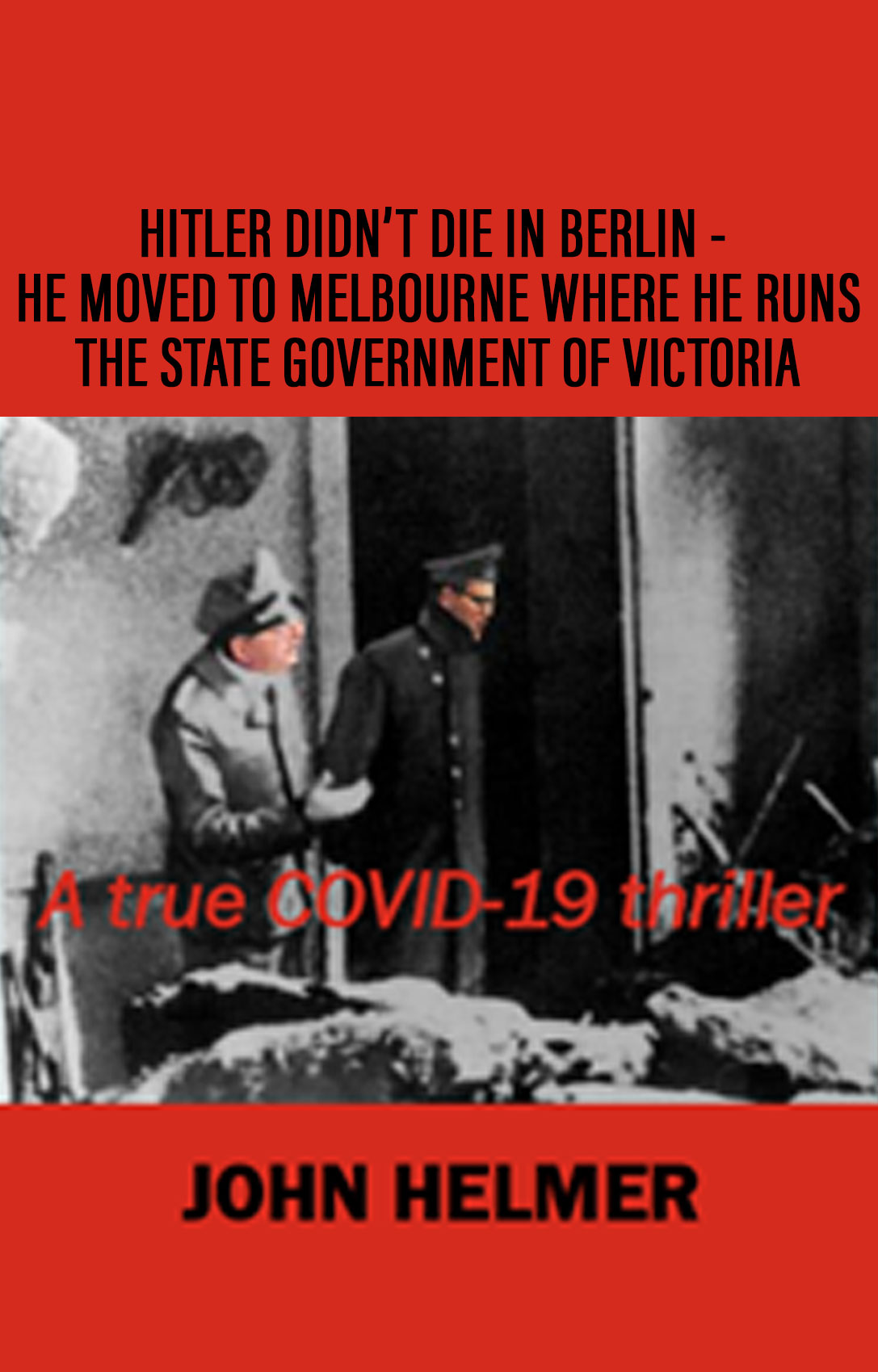
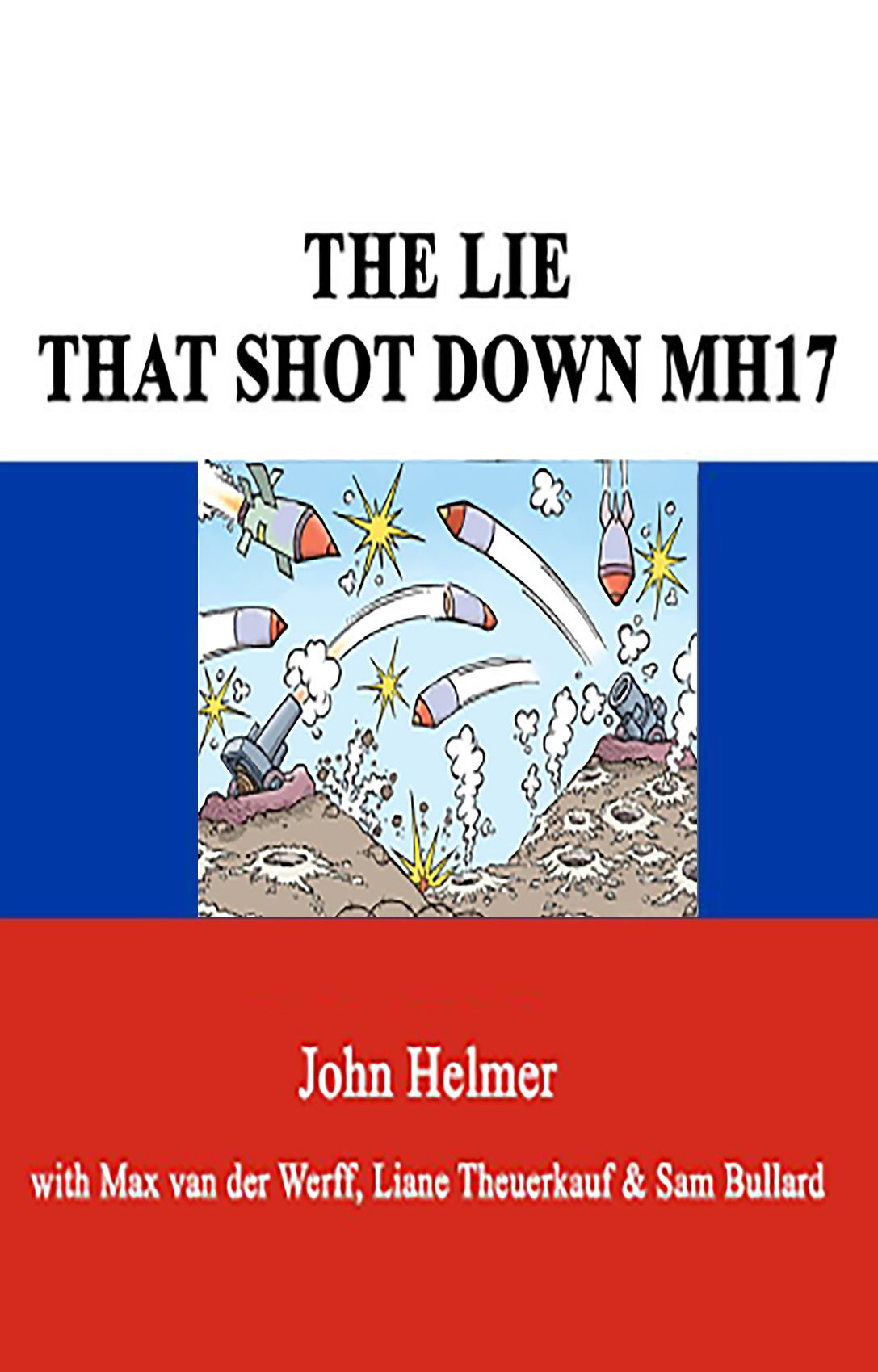
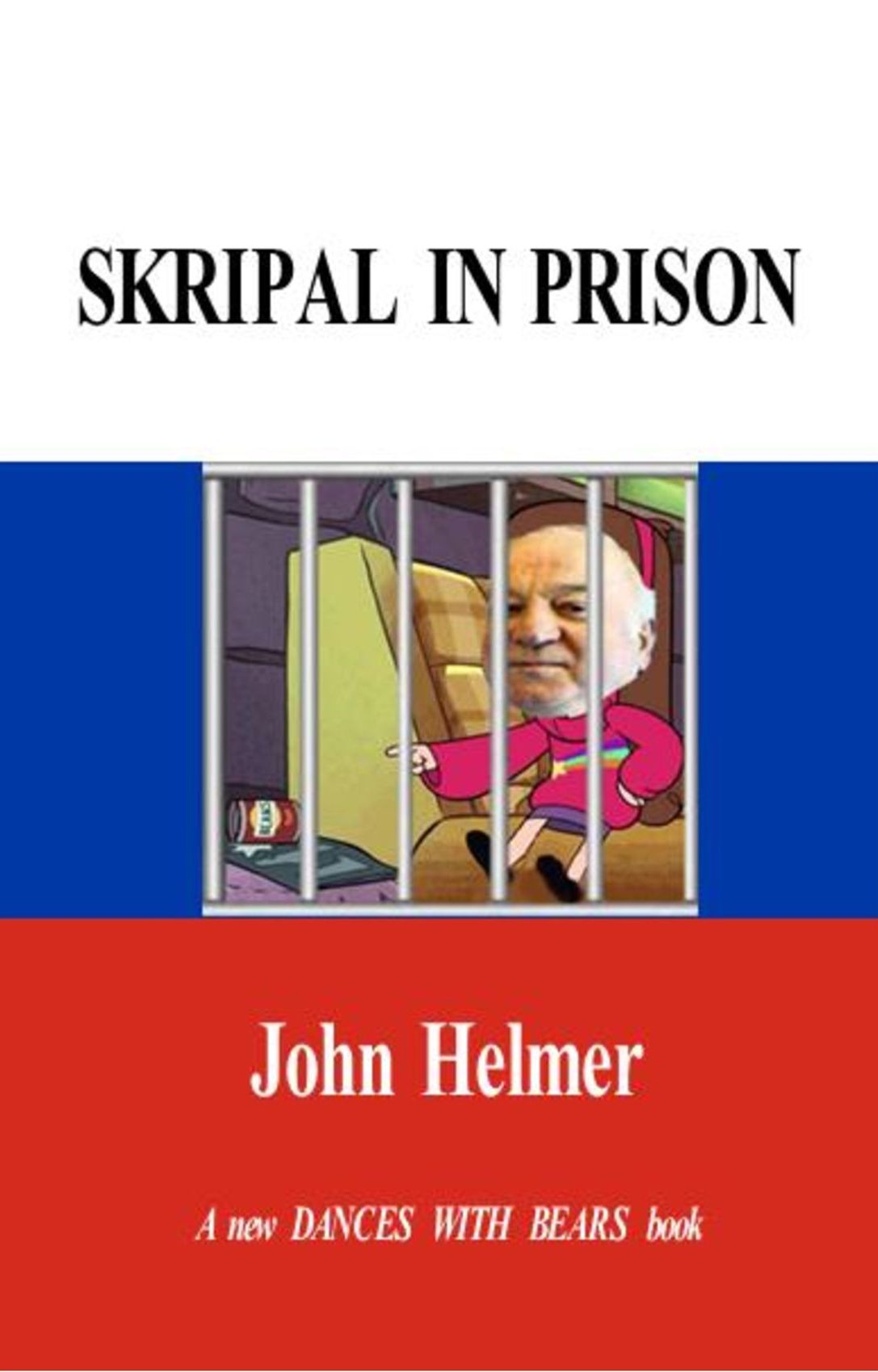
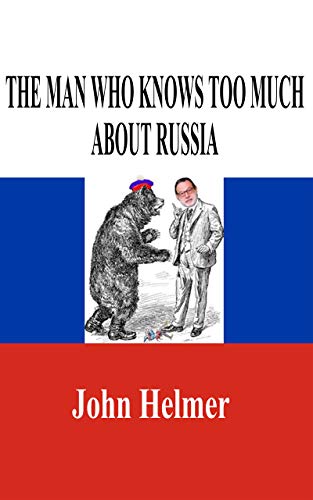
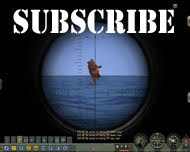
Leave a Reply